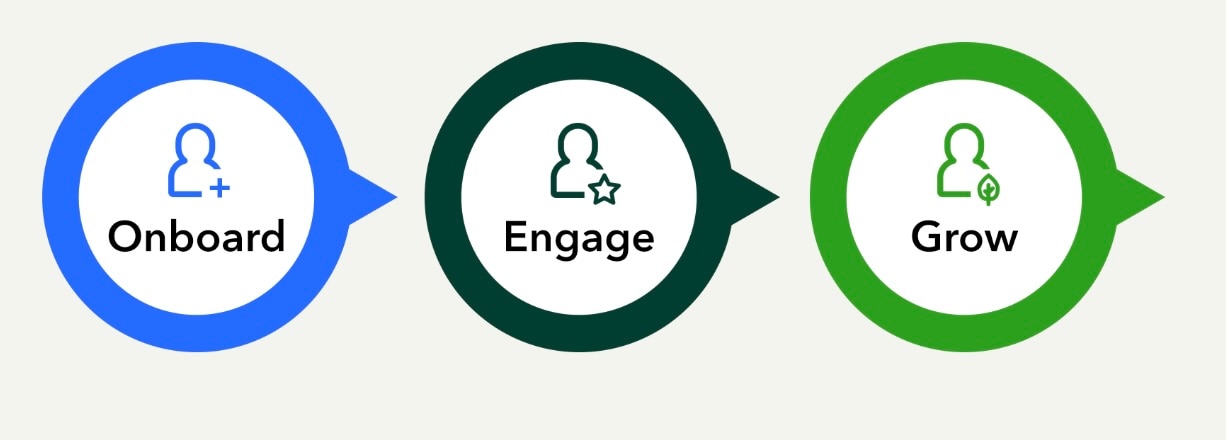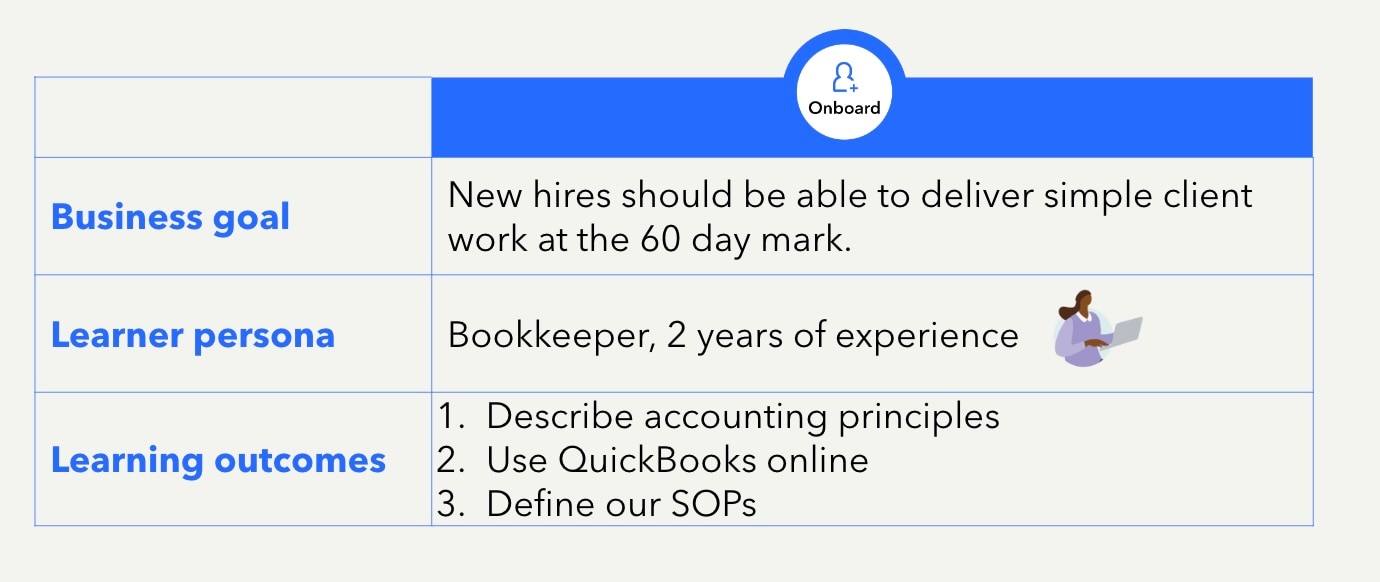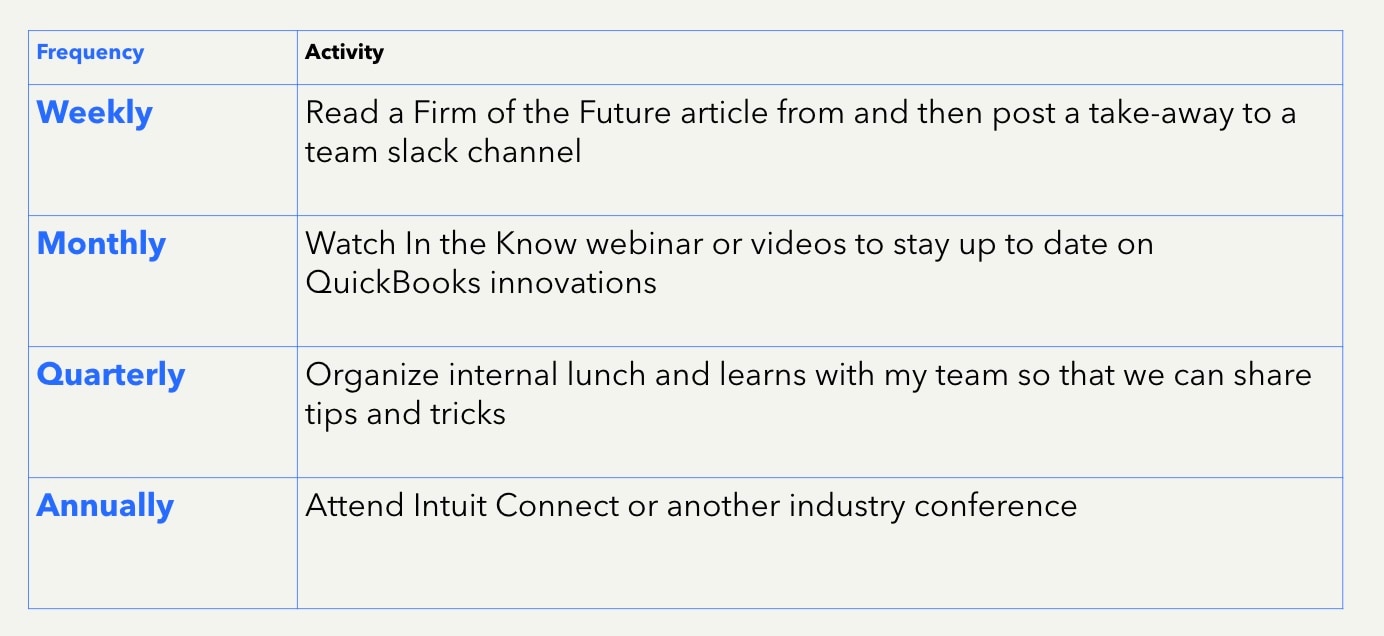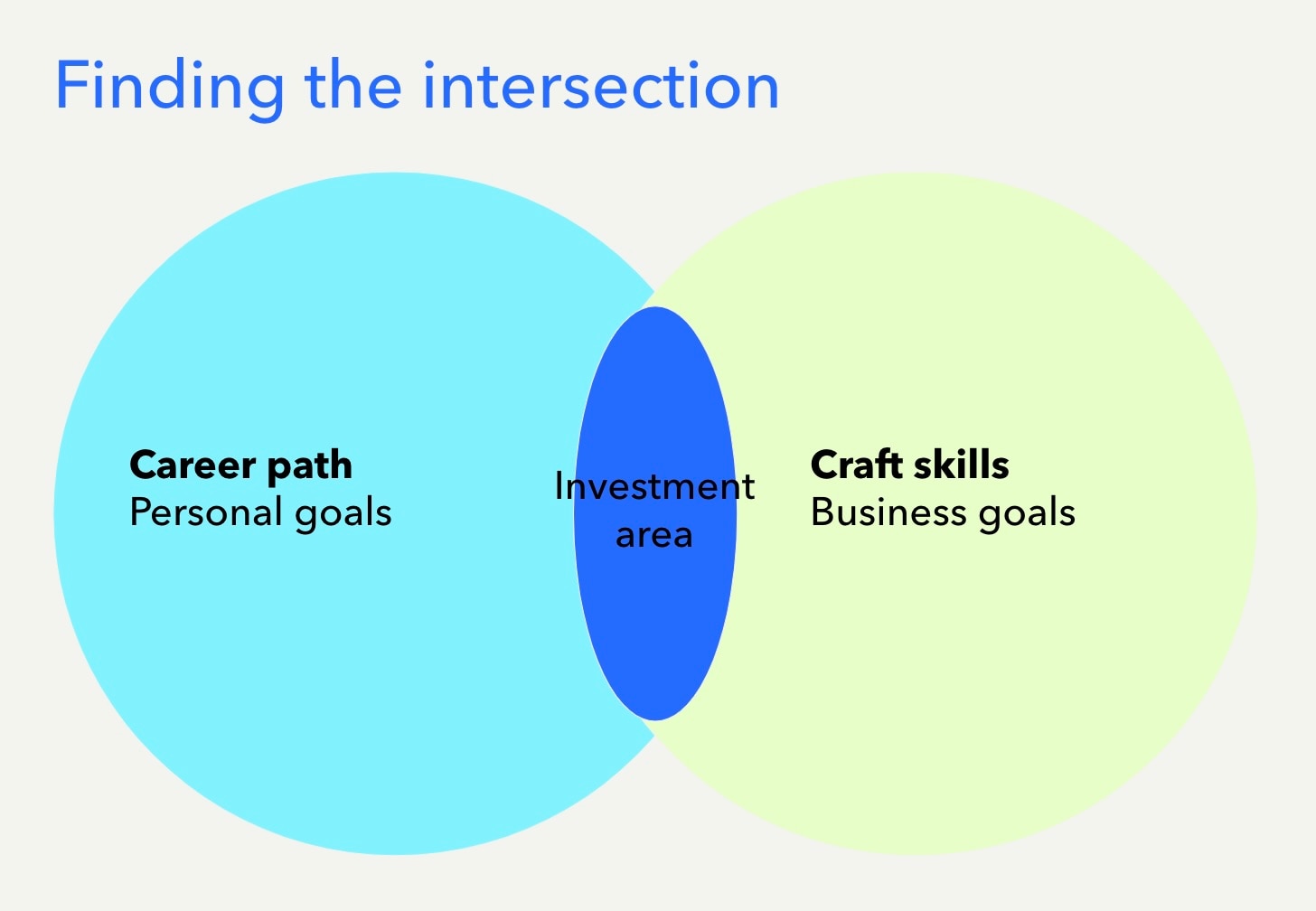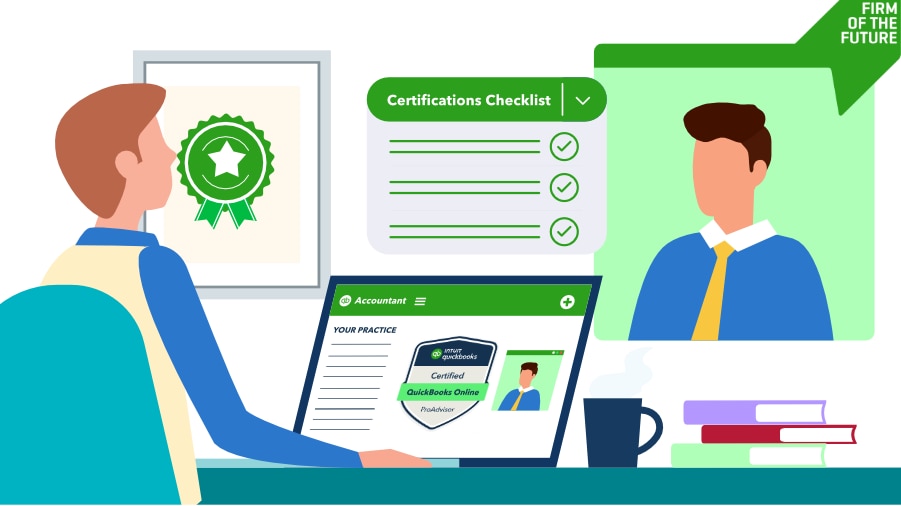It’s no secret that the accounting profession is experiencing a period of rapid change. Firms are working hard to adapt, finding new ways to attract talent, deliver value to clients, and stimulate growth, while accounting professionals are racing to stay one step ahead of shifting client demands and a seemingly endless stream of new technology.
To keep pace with this transformation, firms and individuals must be prepared to embrace new skill sets, career paths, and even mindsets—or risk falling behind and losing valuable clients. While this shift may seem daunting, it presents a unique opportunity to future-proof your firm and career by unlocking the dual impact of learning and development (L&D).
What is dual impact L&D? It’s an approach that leverages learning to maximize benefits for employees and the organization—not one or the other. If your learning is structured to help employees advance, add value, and explore potential career paths, your firm gains a more skilled, motivated, and loyal workforce to deliver the growth you need. That’s the magic of dual impact. And with over a decade of experience in this field, I’m here to show you how you can build it.
Approaching L&D with a growth mindset
When done right, learning and development should be more than just teaching new team members how to use technology or keeping up with CPE requirements. Learning is a transformative process where knowledge acquired has the power to drive changes in long-term behavior. Yet, many firms struggle to build learning programs that drive the sustainable, transformative change they’re looking for.
With tight budgets and limited resources, it’s hard to create impactful training. And when learning doesn’t feel valuable, employees with limited resources of their own aren’t going to engage. The knowledge doesn’t stick, and you end up wasting time and money on ultimately ineffective programs. The hard truth is this: If you treat learning as a box to be checked, your team members will do the same.
Instead, the key to unlocking real, tangible results from your L&D is to design it with dual impact in mind. Rather than building a top-down program that teaches your employees where to click, ask yourself what skills and knowledge would help your team members grow in their careers. This was our approach at Intuit as we reimagined QuickBooks certifications and ProAdvisor Academy. How can we elevate this training from checking a box to providing a career-spanning learning journey that will engage and excite—all while delivering meaningful, measurable results for the employee and the firm?
Designing learning for the employee lifecycle
In speaking with the accounting community, it’s clear that firm leaders and employees recognize the value of professional development. However, there’s less recognition of how to design it to get the results you want.
Let me share an easy, actionable strategy based on years of hands-on experience, coupled with conversations with firm leaders who have already found the secret sauce of dual impact L&D. Let’s start with some good news: Learning doesn’t need to be expensive, time consuming, or complex to drive impact across the employee lifecycle.
In case you’re not familiar, the employee lifecycle is a model that tracks an employee’s journey with a company, from the moment they first become aware of the company to their final day of employment.
There are three key stages here to focus on: onboard, engage, and grow.

